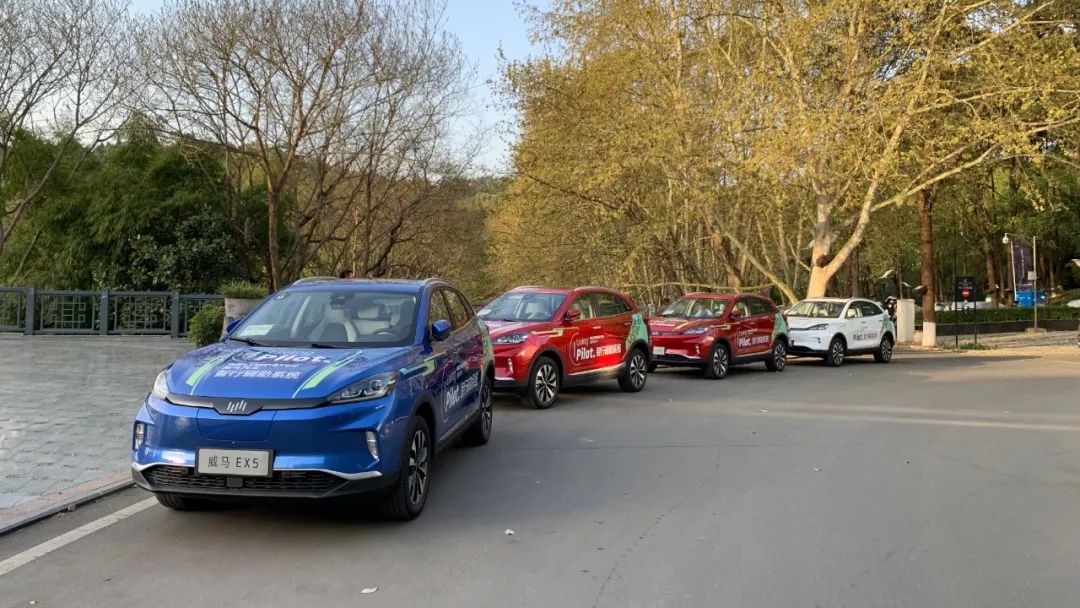At the beginning of this year, we conducted a one-month long test drive of the WmAuto EX5, but it left us with the impression of an ordinary electric car for one simple reason: an electric car without assisted driving is not a complete electric car. Finally, we bid farewell to the winter of 2018 and ushered in the spring of WmAuto’s Living Pilot assisted driving. On March 28th, we had a test drive of the WmAuto ADAS system in Mianyang, Sichuan.
How Good is the Hardware?
The WmAuto EX5’s intelligent driving assistance system was developed in collaboration with Bosch and has accumulated over 8 million kilometers and over 100,000 hours of road testing and validation data. The perception hardware of the entire system includes:
- A high-definition monocular camera with a resolution of 1280×960 located at the top of the front windshield, with a detection distance of 120 meters, capable of recognizing 4 lanes and 16 objects.
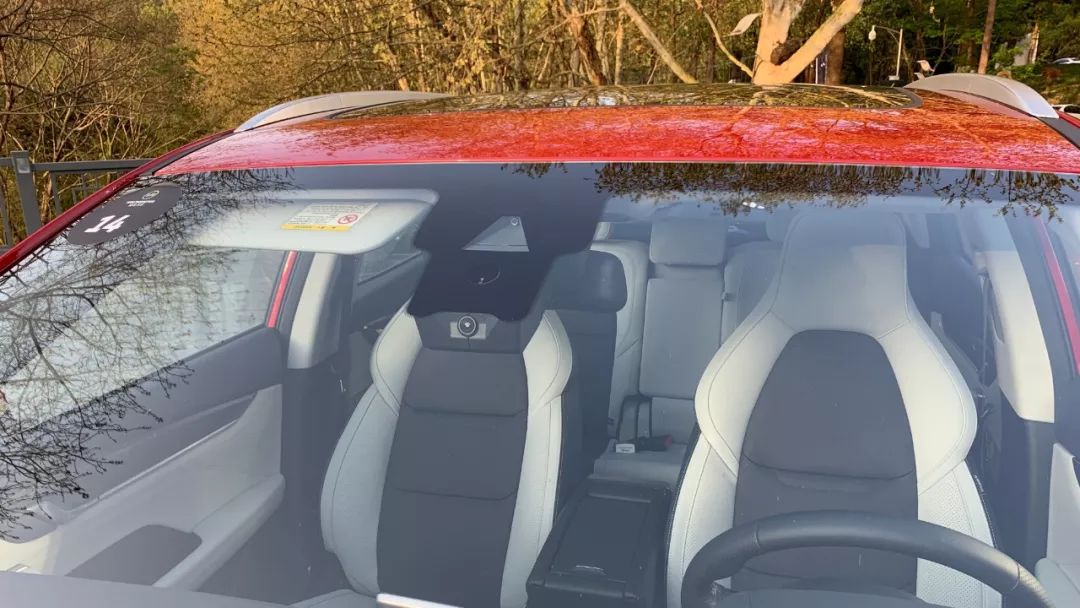
- Three millimeter-wave radars, with the front millimeter-wave radar located below the front bumper, a detection distance of 160 meters and 90-degree detection angle; and two rear millimeter-wave radars located on the left and right sides of the rear bumper, with a detection distance of 80 meters and 150-degree detection angle.
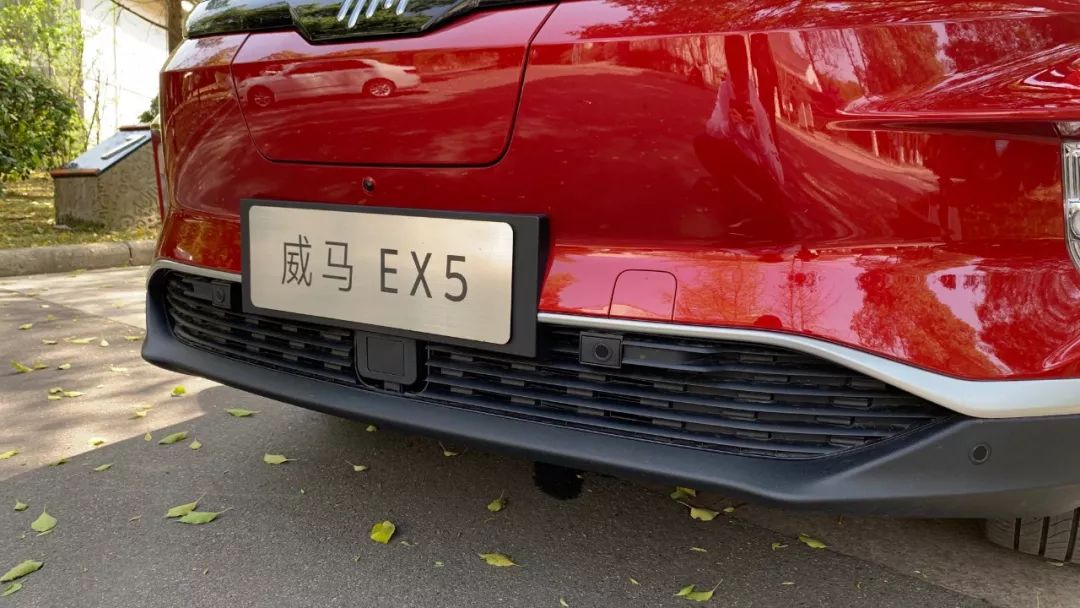
- Four panoramic cameras located at the front, rear, and sides of the car, as well as on the side mirrors.
- Twelve ultrasonic radars.
Many of you may be familiar with this set of data, as many car models also use Bosch’s assisted driving equipment. In my opinion, adopting a supplier’s solution is actually a better choice at this stage. After all, developing an assisted driving system from scratch requires a lot of financial, human, and time resources. Using a supplier’s solution to quickly achieve functionality can not only allow consumers to experience the convenience brought by the technology earlier, but also ensure the stability of the product. The only downside is that updates and iterations may be somewhat limited by the supplier in later stages.
Now that we have an understanding of the basic hardware, let’s talk about the implemented functions and actual experience.
Not Recommended for City Roads, Perfect for Highways
There is no difficulty for the hardware perception of this EX5 to achieve standard L2 assisted driving, but what functions does L2 actually achieve? Here is an overview of WmAuto’s official functions.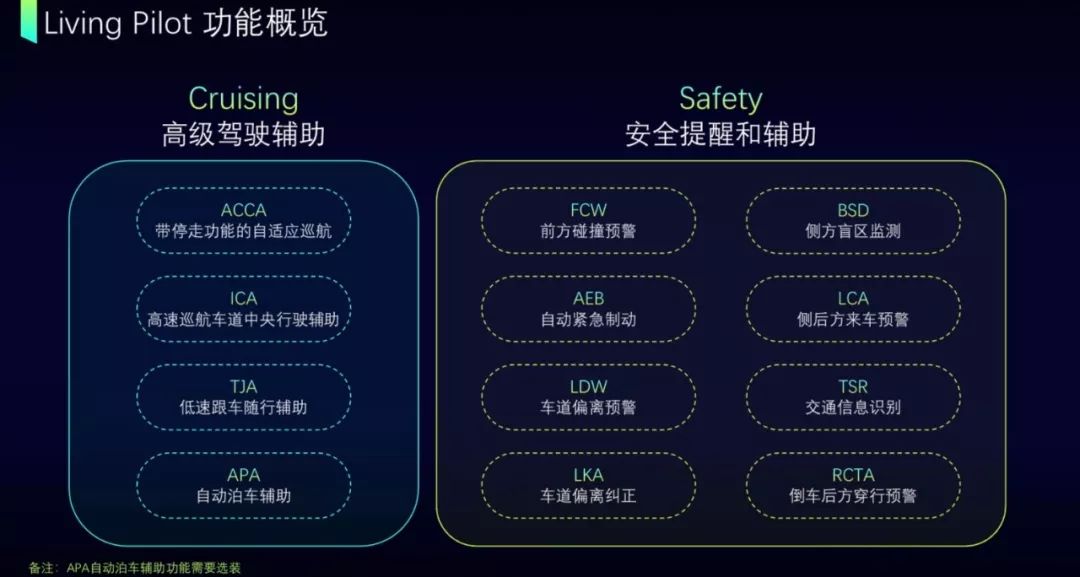
The Living Pilot intelligent driving assistant system from WM Motor can achieve 12 functions, including 4 advanced driving assistants and 8 safety reminders and assistants.
Forget about these strange letter combinations. The Chinese names below are enough to confuse consumers. Therefore, based on actual experience, I will carefully explain what these functions are and how to use them.
ACCA
Functionality: WM Motor’s ACCA can achieve full-range adaptive cruise control through front-mounted millimeter wave radar and front-mounted monocular cameras. To put it simply, it automatically controls the speed and adjusts the speed according to traffic conditions while maintaining a safe distance from the front car, reducing the workload on the right foot to some extent.
When the front car brakes, it also brakes. When the front car starts, it also starts. However, if it does not start within 3 seconds of braking, the system will not automatically follow the car. To restart, lightly press the accelerator pedal to re-enter the cruising state.
Usage: To activate ACCA, first press the square button in the middle of the left side of the steering wheel. At this time, three logos will appear on the dashboard. The four bars on the left represent the following distance from the front car, with four yellow lights representing the farthest distance and one light representing the closest distance; the blue navigation symbol in the middle represents the working status of the navigation system, with blue indicating standby and green indicating working; “Max 30” on the right represents the set maximum cruising speed.
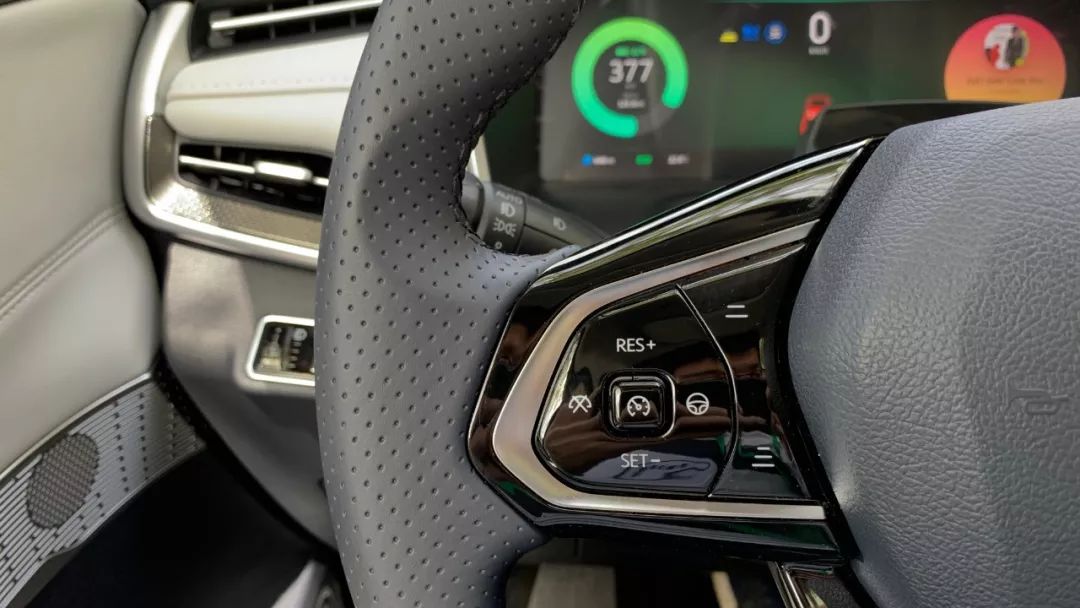
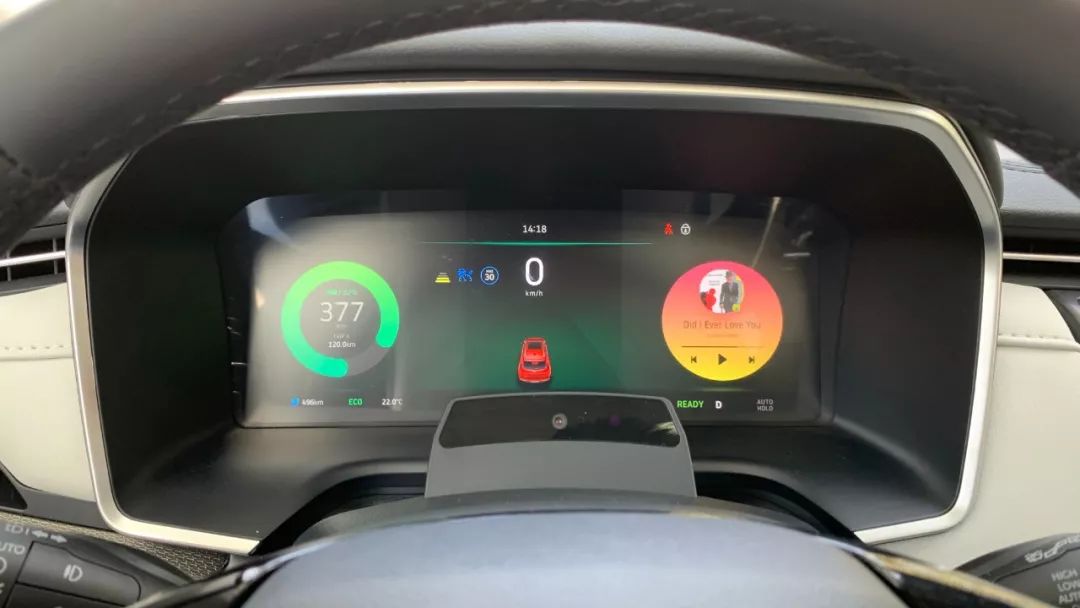
To activate cruise control, press SET-, and the navigation symbol in the middle will turn green. After activation, you can adjust the speed through RES+ and SET-, with long presses increasing or decreasing by 5 km/h and short presses increasing or decreasing by 2 km/h.
Experience: WM Motor claims that the front monocular camera can identify 16 objects, and can distinguish whether the vehicles in the three lanes in front of the car are small cars, box trucks or motorcycles. This is something that many L2 level advanced driving assistants cannot achieve. However, the recognition rate is not particularly excellent. While the vehicles in the same lane can be recognized, there may be jumping in the displayed model due to inaccurate recognition of vehicles on both sides.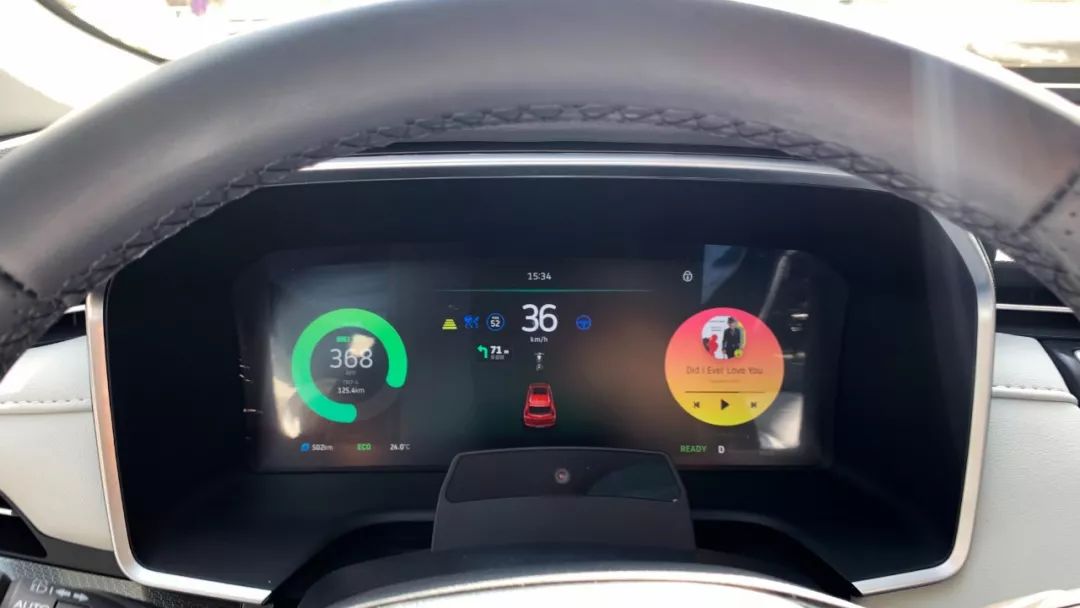
Due to the large number of vehicles involved in this experience activity, the staff of WM Motor required us to adjust the distance to the preceding vehicle to the farthest four squares for safety reasons. The distance will be matched in real time according to the current speed, and the overall distance reserved is relatively large. Other vehicles can easily change lanes into my lane. At that time, WM Motor’s perception device will immediately recognize the entering vehicle and decelerate to maintain a safe distance. The speed control is also good, without excessive acceleration or slow deceleration that would make the driver feel urgent.
The acceleration and deceleration movements under following mode are also relatively gentle and will not be too abrupt to cause discomfort to passengers. Moreover, the deceleration motion during driving is basically completed by kinetic energy recovery, which is very friendly to overall energy consumption. One more thing to say is that the difference between high-speed driving with system-assisted driving and self-controlled driving is quite large in terms of energy consumption. This is also another reason why electric vehicles need assisted driving. However, when mechanical brakes need to be involved in the last stop, the system control will be a bit awkward. The deceleration will be relatively large and not as smooth.
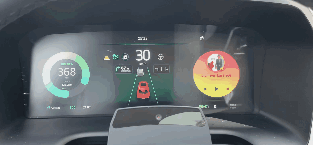
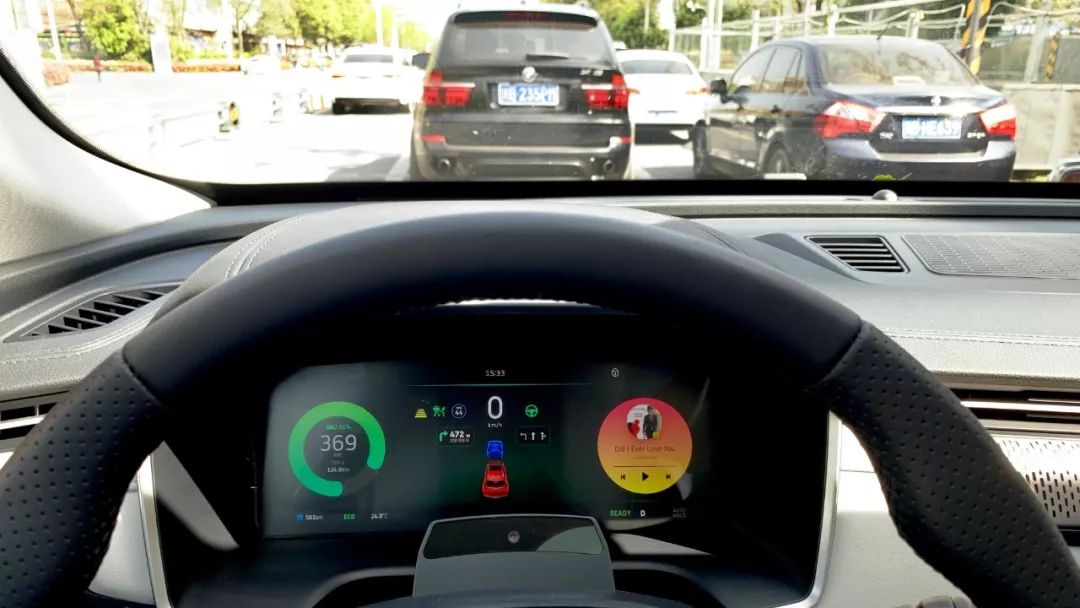
Because our experience time was very short, I can only say that there were no dangerous situations due to recognition errors during my experience. The stability of the system still needs to be verified over time.
Finally, let me talk about another drawback. Whether it is adjusting the distance to the preceding vehicle or the speed, the system’s response is somewhat sluggish. It is obviously felt that after pressing the RES+ button, it takes a small moment for the set speed to be added, regardless of whether it is low-speed or high-speed driving. The feedback speed cannot satisfy people, and I hope WM Motor can optimize it as soon as possible.
ICA+TJA
Function: I want to talk about these two functions together because the functions they achieve are actually similar. The only difference is the working logic in the corresponding two speed intervals. The switching between the two is imperceptible to consumers.Both of these functions are added on the basis of ACCA with the addition of steering assistance, which not only reduces the workload of the right foot but also the workload of the hands. The biggest difference is the perception input of the driving direction.
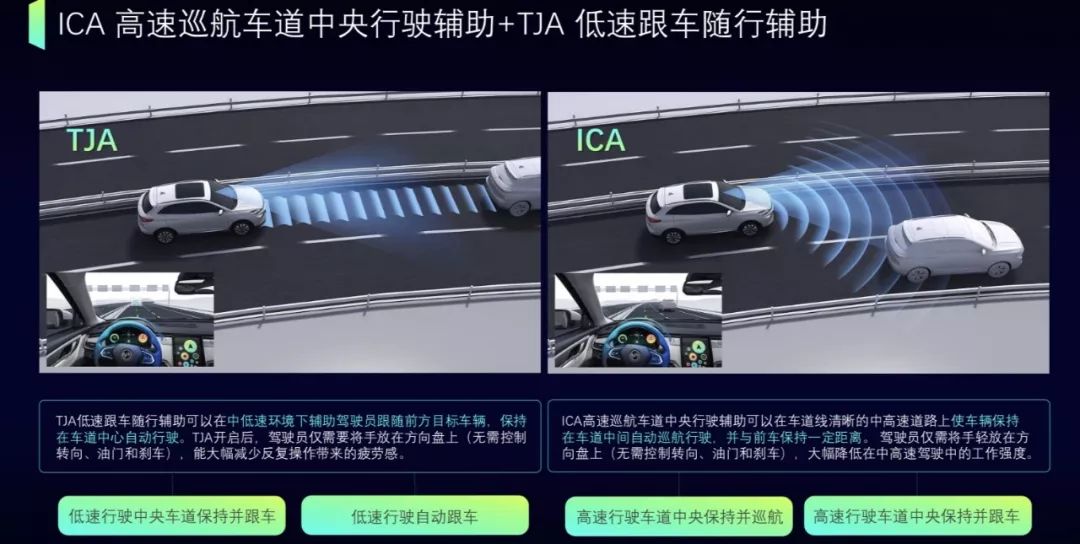
When driving at speeds between 0-60 km/h, even in the absence of clear lane markings, the system can recognize the preceding vehicle, follow it and keep the vehicle in the center of the lane…
In the speed range between 60 km/h and 130 km/h, the system only recognizes lane markings. With clear lane markings, it can keep the vehicle automatically in the center of the lane.
Usage: There is a small steering wheel button on the left side of the steering wheel, press it once to activate the function, and a blue small steering wheel will appear on the dashboard, indicating that the system is in standby mode. Press it again to turn the color into green, indicating that the system is in working mode.
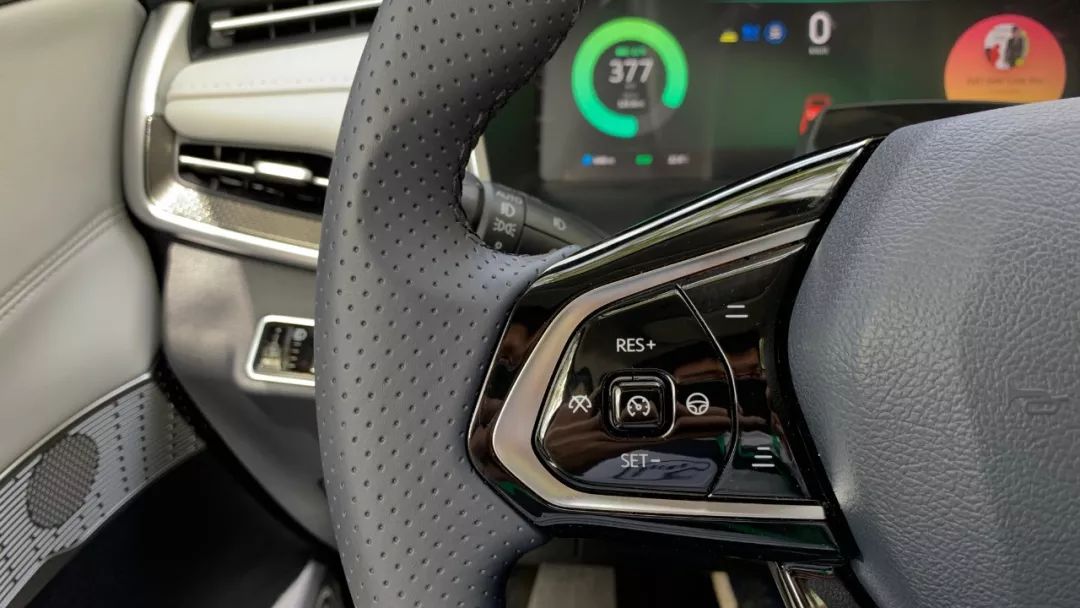
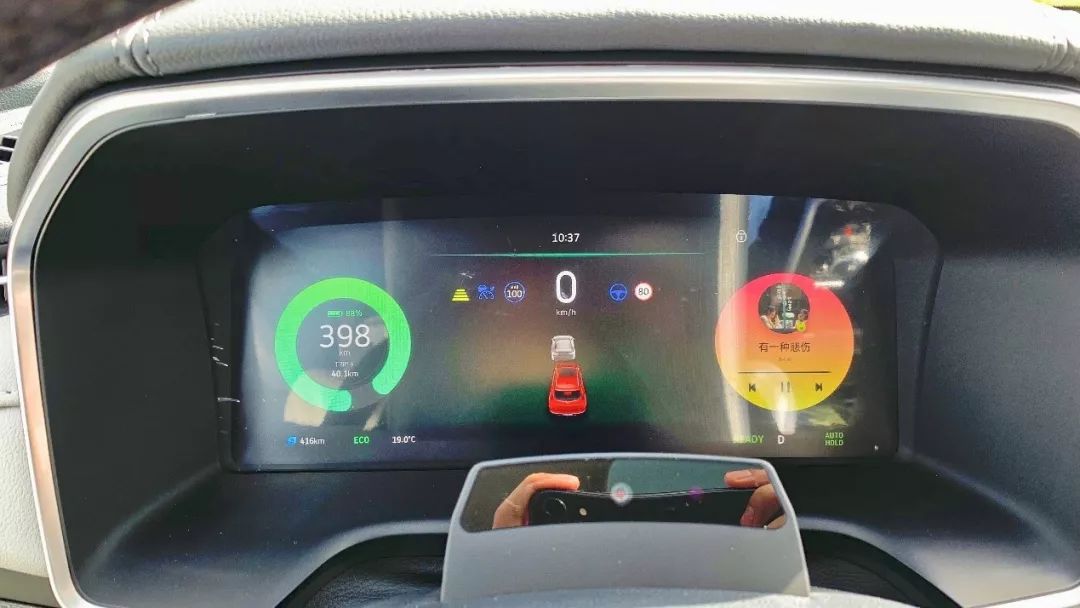
Experience: First of all, I do not recommend using it on complex urban roads, where lane markings change frequently and traffic flows are unpredictable. No technology can handle such situations effectively. However, it is still suitable for use on elevated highways and expressways.
According to WM Motor, the minimum turning radius of the system is between 250 m and 300 m. In China’s highway construction standards, the minimum radius limit of a curve under 120 km/h is 650 m, and that of an 80 km/h bend is 250 m. This means that theoretically, the WM EX5 can handle curves encountered on highways under the speed limit of 120 km/h – 80 km/h.
On a section of highway in Mianyang, Sichuan, I used this function for about 7-8 kilometers. Based on my brief experience, the system can recognize minor curves and display them on the dashboard, actively correcting the direction smoothly and continuously, keeping the vehicle within the lane all the time, and I only needed to keep my hands on the steering wheel. The correction action on the curve can be felt as a segment-by-segment movement of the steering wheel. Luckily, passengers will not feel it too much.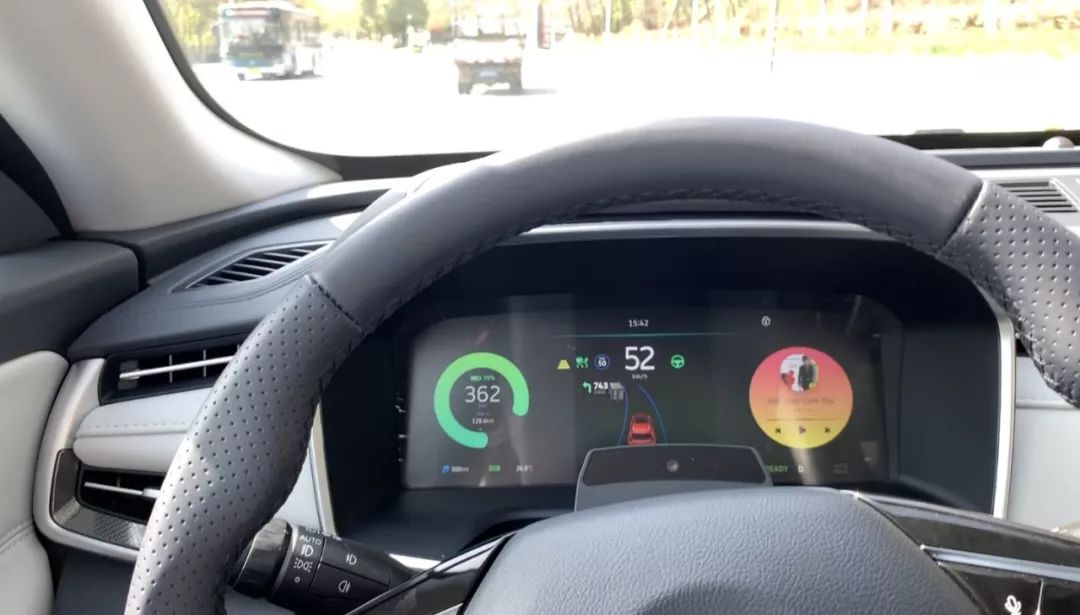
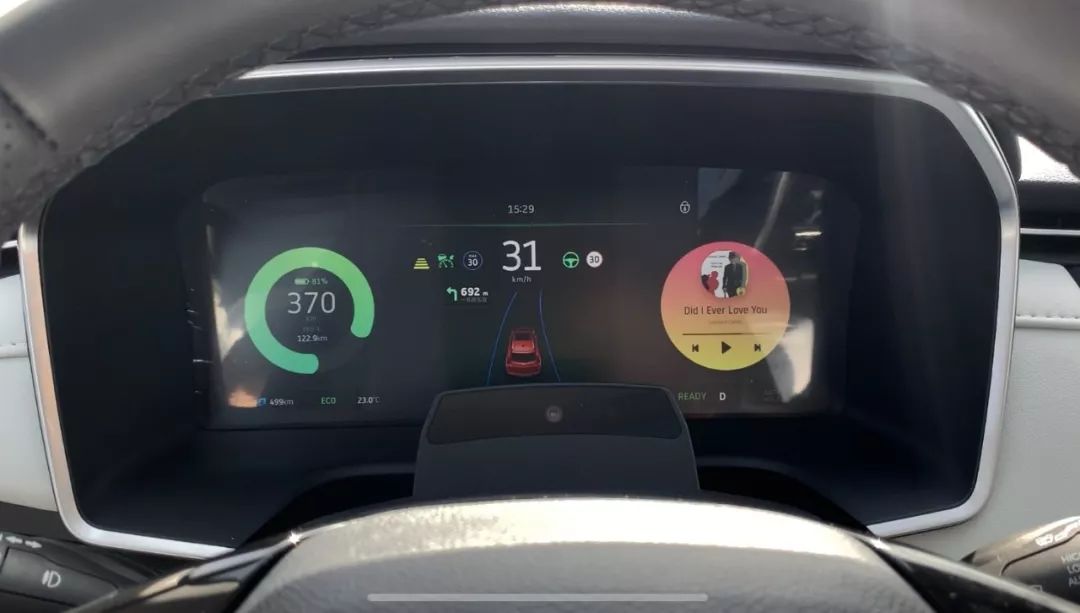
However, due to the visual recognition of lane lines through the front camera, the system has a relatively high requirement for the lane lines. If the lane lines are too dirty or unclear, the system may not be able to recognize them, which will trigger a warning sound and cause the assisted steering to disengage. Once the lane lines become clearer, the assisted steering will proactively re-engage.
There is also a small detail that can be optimized. The logos for Cruise Control and Assisted Steering are green in working mode and blue in standby mode. However, the lane lines are the opposite, with blue indicating working mode. We hope that WM can improve this detail through OTA upgrades in the future.
FCW and AEB
These two functions are enabled by default. The basic logic is to issue an alert before applying emergency braking. When the system detects obstacles in front of the vehicle and the speed is within 45 km/h, it will actively stop the vehicle in emergency situations to prevent accidents. If the speed exceeds 45 km/h, the system will also identify and calculate the situation and apply brakes to reduce the impact of the collision. This can effectively reduce accidents caused by distracted attention or slow reaction times.
In fact, the core of this L2 advanced driving assistance system has been described above with the three primary functions. The other detection and warning functions are basically a division of the three main functions, so we will not elaborate on them.
Finally, to summarize, this system can provide a satisfying experience on relatively closed (high-speed, elevated) roads by reducing energy consumption during high-speed driving and lowering driver fatigue. If the system can improve the recognition of lane lines, the assisted steering experience will be better. It is still recommended that drivers take full control when driving on open urban roads.
It is worth emphasizing again that this is an advanced driver assistance system designed to reduce driver fatigue, not to replace the driver. Therefore, drivers should always stay focused and monitor the driving status and be ready to take over at any time.
The most comprehensive driving assistance system at this price point
When the WM EX5 was first introduced in 2018, my first impression was that it had the longest mileage at this price point. In 2019, when the EX5 was reintroduced, my impression was that it had the most comprehensive ADAS driving assistance system at the same level.Founder, Chairman and CEO of WM Motor, Shen Hui, emphasized that consumer upgrading is not just about switching from buying a car worth 100,000 RMB to 200,000 RMB, but also about allowing consumers to get a car worth 200,000 RMB with only 100,000 RMB spent. This route is challenging from the perspective of cost and sales, but it benefits the consumers.
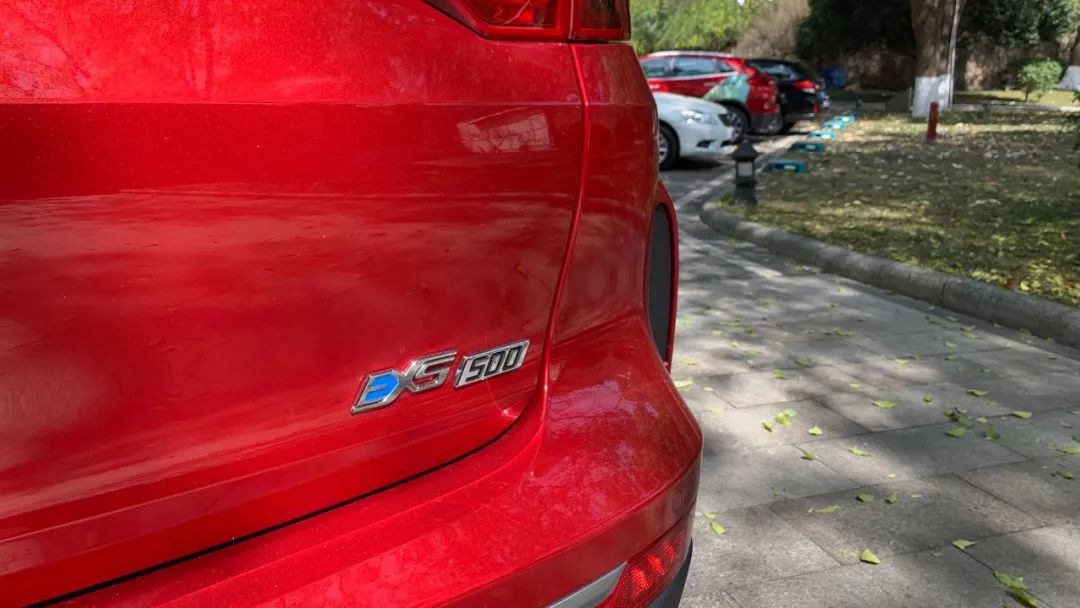
It is also worth noting that the older models cannot achieve L2 assisted driving because the hardware is not pre-installed.
Finally, it is worth mentioning that the 2019 WM EX5 will have 12 upgraded configurations and 19 improved upgrades. The price of EX5, which is equipped with Living Pilot ADAS, will be announced on April 12th, the WM Brand Night. Taking into account subsidies and updated configurations, how much are you willing to pay for the new EX5?


This article is a translation by ChatGPT of a Chinese report from 42HOW. If you have any questions about it, please email bd@42how.com.
